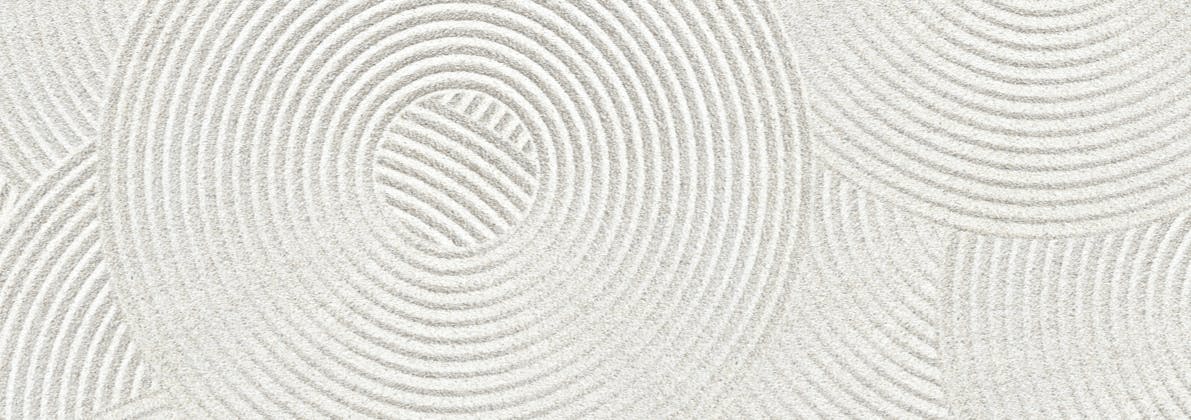Aesthetic injectable treatments, including neuromodulators like Botox and Dysport and dermal fillers like Restylane and Juvederm, have revolutionized the approach to non-surgical facial rejuvenation. Offering a blend of minimal invasiveness and effective results, these treatments have become increasingly popular. This comprehensive blog post aims to explore the benefits, risks, treatment areas, and frequently asked questions about these aesthetic injectables.
Understanding Aesthetic Injectables
Aesthetic injectables can be categorized mainly into two types: neuromodulators and dermal fillers.
- Neuromodulators: Products like Botox and Dysport fall under this category. They work by temporarily paralyzing muscles, thereby reducing the appearance of dynamic wrinkles that form from facial expressions.
- Dermal Fillers: Fillers like Restylane and Juvederm are gel-like substances injected beneath the skin. They are used to restore lost volume, smooth lines, soften creases, or enhance facial contours.
Benefits of Aesthetic Injectables
- Non-Surgical Solution: Provides a non-invasive alternative to surgical procedures.
- Quick Procedure and Results: Most treatments are quick, often completed within 30 minutes, with immediate or early visible results.
- Minimal Downtime: Patients can typically return to their daily activities immediately after the procedure.
- Customizable: Treatments can be tailored to meet the unique aesthetic goals of each individual.
- Natural-Looking Results: When performed correctly, results look natural, enhancing one's features subtly.
Risks and Side Effects
While generally safe, aesthetic injectables do carry risks and potential side effects, including:
- Bruising and Swelling: Common side effects that typically resolve within a few days.
- Asymmetry: Incorrect application can lead to uneven results.
- Allergic Reactions: Rare but possible, especially in individuals with certain allergies.
- Infection: Although rare, improper technique can lead to infection.
- More Serious Complications: Including vascular complications, which can be serious but are very rare.
Treatment Areas
Aesthetic injectables can be used in various areas of the face, including:
- Neuromodulators: Commonly used to treat forehead lines, crow's feet, and frown lines between the eyebrows.
- Dermal Fillers: Used to plump thin lips, enhance shallow contours, soften facial creases, remove wrinkles, and improve the appearance of recessed scars.
Specific Products and Their Uses
- Botox: One of the most well-known neuromodulators, ideal for treating forehead lines, crow's feet, and the area between the eyebrows.
- Dysport: Similar to Botox, Dysport is often used for treating moderate to severe frown lines.
- Restylane: A range of products under the Restylane brand is designed for lip enhancement, reducing wrinkles, and facial contouring.
- Juvederm: Known for its versatility, Juvederm fillers are used for everything from enhancing lips to smoothing nasolabial folds.
Who is a Good Candidate?
Ideal candidates for aesthetic injectables are those in good health, without a history of neuromuscular diseases, and with realistic expectations about the outcome of the procedure.
FAQs About Aesthetic Injectables
Q1: How long do the results last? A: The duration of results varies by product. Neuromodulators like Botox and Dysport typically last 3-6 months, while dermal fillers can last from 6 months to over a year, depending on the type used and the individual's metabolism.
Q2: Is the treatment painful? A: Most patients report minimal discomfort. The sensation is often compared to a quick, small pinch.
Q2: Can injectables be reversed or removed? A: Some fillers, particularly those based on hyaluronic acid like Restylane and Juvederm, can be dissolved with an enzyme called hyaluronidase. However, neuromodulators cannot be reversed but will wear off over time.
Q4: How much do injectable treatments cost? A: The cost varies depending on the type of product used, the area treated, and geographic location. It's best to consult with a provider for specific pricing.
Q5: Are there any activities I should avoid post-treatment? A: It's generally recommended to avoid strenuous exercise, alcohol, and extensive sun or heat exposure for 24 hours after treatment to minimize swelling and bruising.
Q6: Can I combine injectables with other cosmetic procedures? A: Yes, injectables can often be combined with other treatments, such as laser therapy or skincare regimens, for enhanced results. It's essential to discuss this with your provider.
Choosing the Right Practitioner
Selecting an experienced and qualified practitioner is crucial for ensuring safety and achieving desired results. Look for licensed healthcare professionals with specific training in aesthetic injectables.
Conclusion
Aesthetic injectables like neuromodulators and dermal fillers offer a versatile, effective, and minimally invasive solution for facial rejuvenation. While they provide numerous benefits, it's important to understand the potential risks and have realistic expectations. By choosing a qualified practitioner and having a thorough consultation, individuals can safely achieve their desired aesthetic goals.


